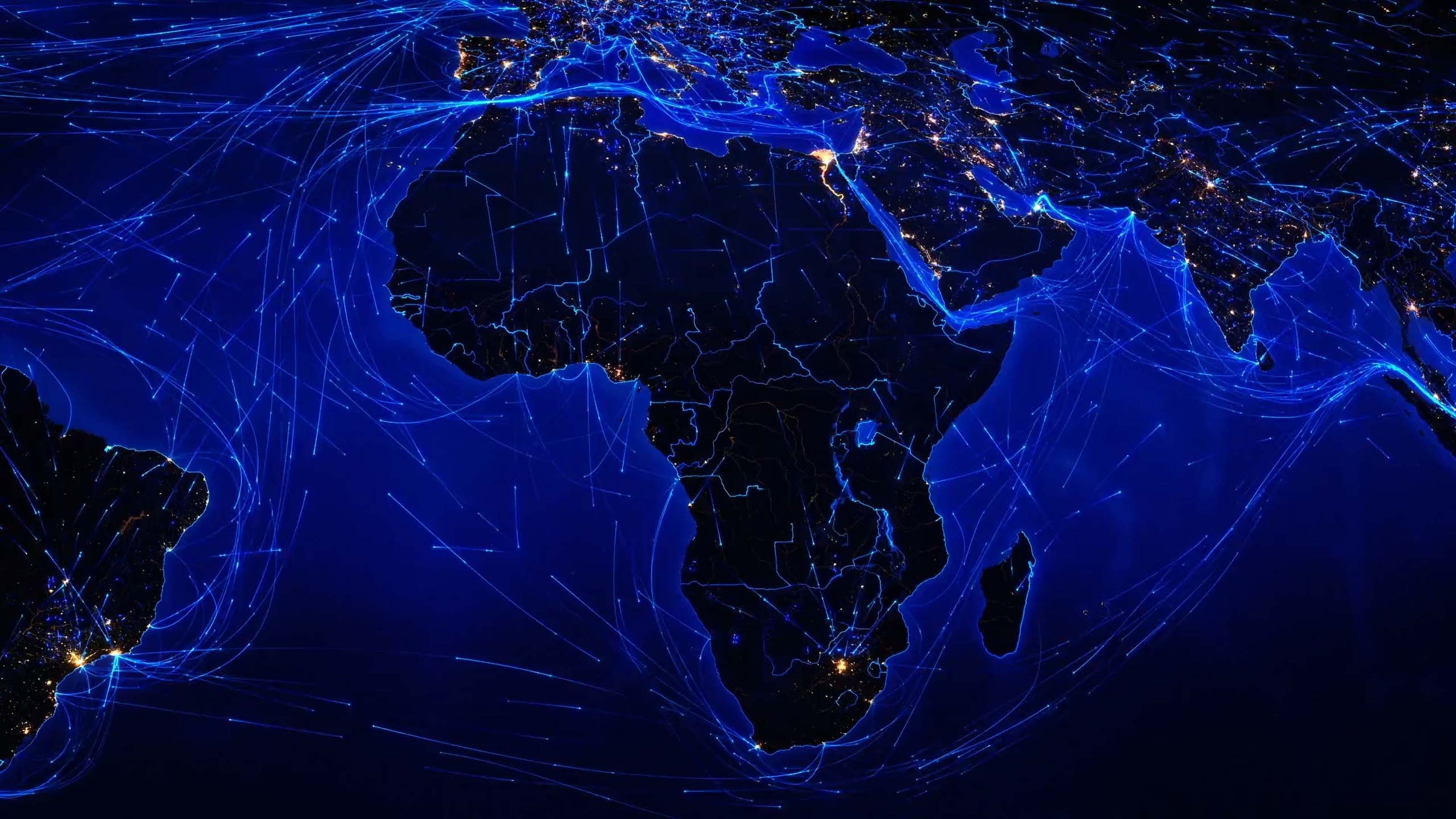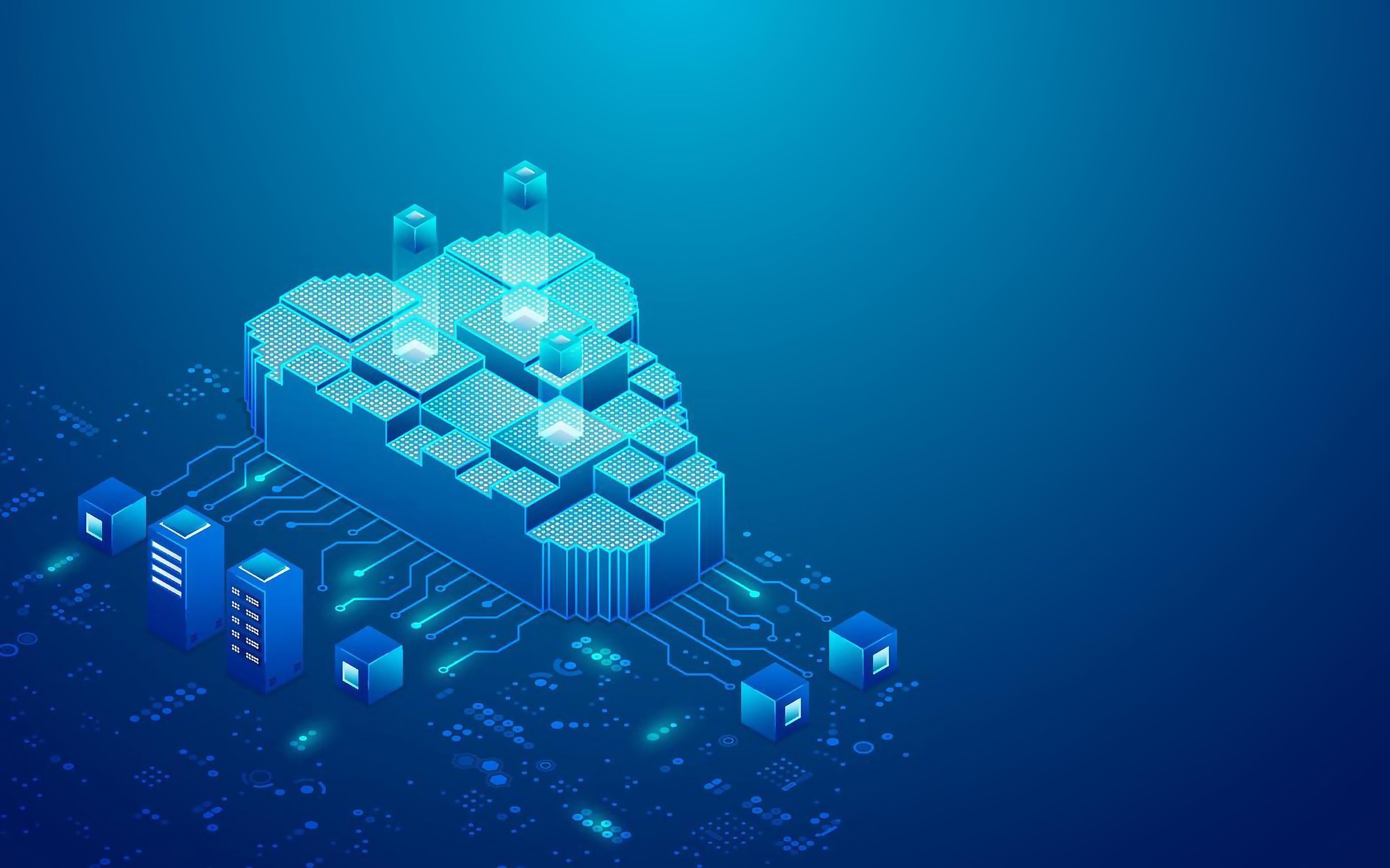

Solutions for fiber networks
ViaEuropa provides services for all aspects of modern network management.
We make sure everything is running smoothly and efficiently.
Overview
co_present
Ordering portal for customers
A web-based marketplace where the operator's customers can order and handle services.
As this is integrated with other system processes, the consumer can automatically initiate a broadband connection. This gives the consumer control over ordered broadband services and minimizes administration.
admin_panel_settings
Support and administration
Management and support ticket system with access to subscriptions, customer data and current status of the network and connected active equipment.
Any changes the customers make in the ordering portal are immediately updated in the subscription status.
finance
Business model handling
The business support system includes all the necessary functionality for handling all provisioning and financial aspects of advanced broadband services. Provisioning means the process stages required for delivering a service to the customer. Functionality includes management prices, starting fees, length of agreements etc.
network_node
Network steering system
A powerful and versatile steering system for active equipment in modern broadband networks, with support for a wide range of technology types and hardware suppliers.
Ports and services can be switched on and off or change status, with a high level of automation. Real-time monitoring tools provide status for networks and data link loads.

Our philosophy
ViaEuropa brings an entrepreneurial approach to the construction of digital infrastructure.
We have identified three founding principles that show how our approach improves the communications market.
These principles give consumers access to much greater service choices at better prices.
folder_data
Neutral
The infrastructure will be open for anybody who wants to develop and sell services to households.
All service providers will get the same access to the ViaEuropa network.
left_click
Open
When households and businesses connect to the fiber network, they will be able to choose between a multitude of services and service providers.
By making it easy to change services and suppliers at any time we give consumers true control over the services they use.
downloading
Transparent
Many consumers do not fully know what they pay for their communication services such as internet, phone, and TV.
ViaEuropa makes sure people can make price comparisons, as all service provider information including prices is easily available.

The open network
ViaEuropa was founded in 1999 as one of the world's first neutral operators of open city networks.
With our powerful management system BRIKKS we can handle many different types of networks and business models.
The different roles and responsibilities can be divided into five layers.
Customer
Chooses between services and service providers in the open network.
Service provider
Delivers services like internet and tv, and takes care of customer support.
Communications operator
Coordinates service providers and subscriptions, ordering portal, and network maintenance.
Active network
Network equipment like fiber converters and switches used for the provisioning of services.
Passive network
Physical cables inside buildings and fiber cables in the ground.

Building True Fiber
Fiber To The Home or Building
The infrastructure provider installs a fiber cable to the home or building. Fiber is then connected to a small device that converts light travelling over the fiber to ethernet ports, resulting in speeds of up to 1,000 Mbps or even 10,000 Mbps.
There will be a data socket in every office or apartment where users connect an ethernet cable to any standard device.
FTTH
Fiber To The Home
FTTB
Fiber To The Building
Complying with the highest standards
Openness means that users can choose between a multitude of high-speed services and suppliers that provide them. With just a few clicks consumers can buy, change or upgrade any service. That means more choices, better, cheaper, faster services.
Open
Symmetric
Modern users want to simultaneously send and receive information at the same speed. All our connections have the same uplink and downlink speed.
No one likes waiting for things to upload/download. For a faster world, VE will only install connections that can handle at least 1,000 Mbps upload/download from day one.
Gigabit

The fiber solution
Unlimited capacity
Optical fiber is a cornerstone of our information age. It is replacing old copper-based technologies to drastically increase the capacity of digital information transmission.
One single fiber pair can theoretically send and receive unbelievable amounts of data. The practical limitation lies in the active equipment used to send and receive the light pulses.
Since this technology is getting faster every day, while still using the same installed cable, fiber capacity grows as the needs of our society grow.
sweep
Fiber offers a connection to the home that is more than 100 times faster than today’s average Internet speeds. The uplink is just as fast as the downlink, known as Open Symmetric Gigabit.
This increased speed means innovation boosts, increased productivity and greater economic growth.
Speed
sync
As the fiber cable is non-electrical it does not emit, nor is it affected by electromagnetic interference. This means that fiber is a better choice for the environment and for operating a robust network with zero downtime.
Reliability
passkey
Fiber is very secure. Because it’s practically impossible to eavesdrop on a fiber cable, it’s been the preferred communication method for governments and the military for several decades. By phasing out old, insecure copper-based networks, homes and businesses get access to secure communication.
Security

Everyone benefits
Fiber fuels innovation
The world needs innovation. Innovation needs fiber. Research clearly indicates that building an open and neutral fiber infrastructure is the best way to boost economic growth.
Today, low Internet speeds threaten nations or regions ability to stay competitive. Challenges to modern society need innovative solutions, with a fiber infrastructure available for all, any new digital service is immediately available to everybody connected.
We all want what’s best for the next generation, and should strive to give them every advantage possible.
Fiber enables education; empowering schools all over the world, making sure our children have access to the opportunities for a better future.
Fiber will empower the next generation
Increased Internet capacity will facilitate the development of a number of cutting-edge approaches to healthcare, leading to cost savings and an increase in the availability of quality health solutions.
Broadband-enabled telemedicine services are shifting the healthcare paradigm by enabling in-home care and real-time patient monitoring.
Fiber improves the quality of healthcare

Energy sharing
The Internet Protocol (IP) is the global digital network standard that connects all of us, all over the world. ViaEuropa is now participating in an exciting effort to also create a new standard for electrical networks: The Energy Protocol (EP).
The goal is to enable a better energy distribution, and a system for energy sharing.
New solutions
The current electric network is built on a design that is not very flexible and has bottlenecks in energy transfer between areas. Fluctuations in local power consumption can be challenging, for example when a lot of people come home from work and begin charging their electric cars at the same time. As our society grows, there is a growing need for reliable energy and smarter steering of electrical flows.
Energy Communities & EnergyNet
We see a future where energy communities create local power generation from sun and wind power, and also manage local storage of electricity, with technologies such as batteries and hydrogen.
These distributed and independent networks can function as standalone, but will benefit greatly from being interconnected with as many compatible nearby energy networks as possible.
Management
All of this will require new systems to handle equipment, business models, and revenue sharing. As it happens, ViaEuropa has been working with solutions for precisely these kinds of problems for many years in broadband networks.
We think our experience will be a great input to the EnergyNet Task Force (ENTF) in the creation of an open, free and effective system for energy sharing. You could call it the “internetification” of power grids.
Join the movement
Property owners can have solar panels installed on their roofs, with costs covered by a newly started investment fund. Contact us at ViaEuropa for more information.
Learn more about the investment fund on www.sveeg.se (Swedish) and Energy Societies on www.warpnews.org.
ViaeEuropa is proud to be the worlds first EnergyNet operator, read more about our customers and offerings on www.brikks.com (swedish).

We can manage your network
groups

Certified provider
We are certified by SSNF* as a silver level provider - working in a joint effort with several other companies to provide high-quality services and solutions for fiber networks.


















